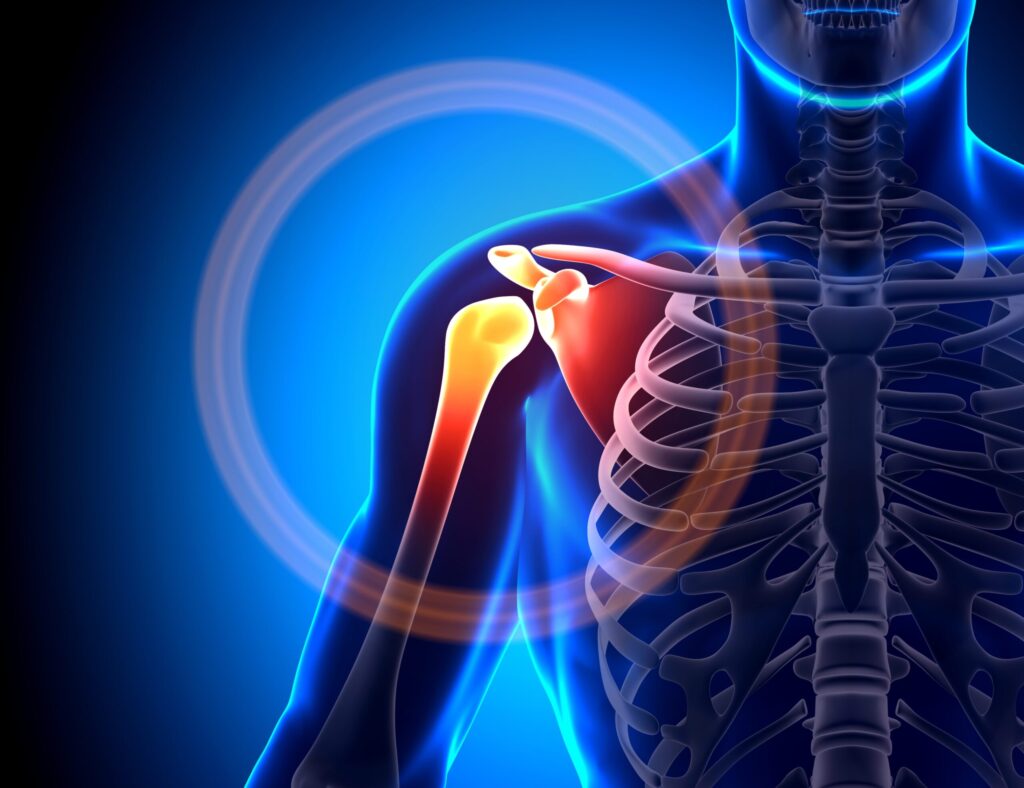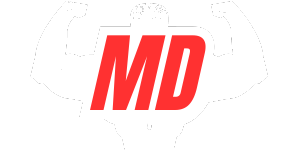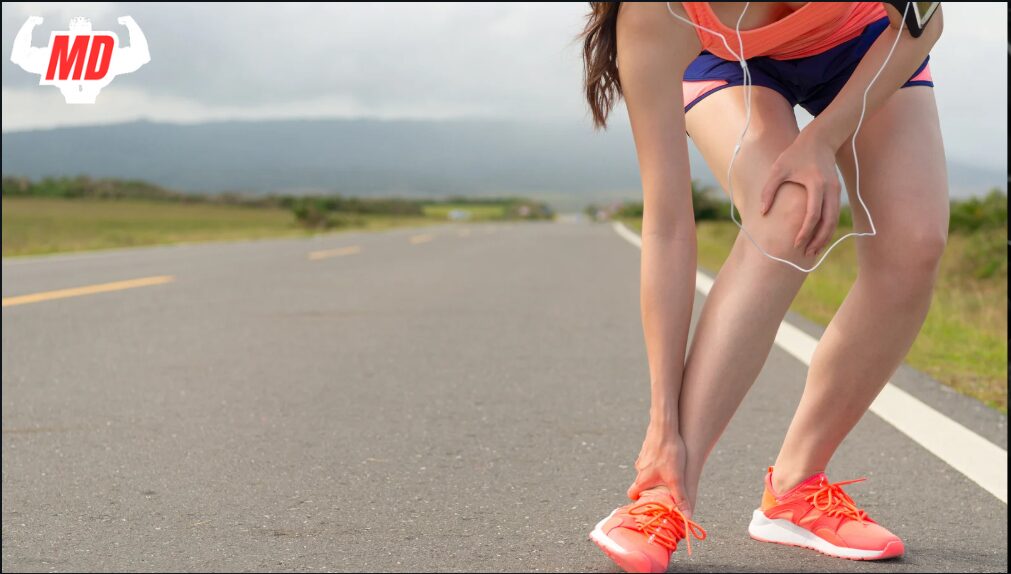Staying active helps mature female athletes remain healthy, strong, and mobile. Regular exercise also helps with heart, bone density, and mental health. However, because of their physical challenges, women age differently and are at risk for injuries.
Women over 40 often experience changes in bone density, muscle recovery, and joint stability. These factors increase the odds of injuries that can sideline even the most dedicated athletes.
Most Common Injuries in Mature Female Athletes
Knee Injuries
Knee injuries are among the most frequent issues in female athletes over 40. Osteoarthritis, caused by natural cartilage wear over time, is a common concern. Meniscus tears and ligament strains also occur, often resulting from sudden movements or improper landing techniques.
Shoulder Injuries
Repetitive movements and age-related changes make rotator cuff tears and tendonitis common in mature athletes. These injuries often develop due to overuse, improper form, or insufficient shoulder strength.

Lower Back Pain
Weak core muscles and improper exercise form contribute to lower back pain. Poor posture, lifting heavy weights incorrectly, and prolonged periods of sitting can further strain the lower back, leading to discomfort and limited mobility.
Stress Fractures
Bone density naturally decreases with age, making stress fractures a concern for aging female athletes. These small cracks in bones often result from repetitive impact activities like running or jumping, especially when recovery time is inadequate.
Tendonitis & Overuse Injuries
Tendonitis is common in areas such as the Achilles tendon, elbows, and feet. Achilles tendonitis, tennis elbow, and plantar fasciitis are frequent among mature athletes due to repetitive strain on these tendons without sufficient recovery.
Why Mature Female Athletes Are More Prone to Injuries
Women age with reduced bone density and are at risk for fractures and stress injuries. Osteoporosis makes bones more easily broken.
Aged muscles also recover more slowly from intense exercise, increasing the risk of strains and overuse injuries. Proper recovery strategies become even more critical for mature female athletes.
Changeable estrogen levels affect joint lubrication and flexibility. These changes may cause increased joint stiffness and increased risk of injuries due to reduced range of motion.
Collagen helps maintain flexible tendons. As we age, collagen production decreases, leaving tendons more easily torn and stiff, particularly in the shoulders and Achilles tendon.
Injury Prevention Strategies
Dynamic stretching, mobility exercises, and gradual warm-ups prepare muscles and joints for active participation. Cooling down with static stretching and gentle movements helps muscle recovery and flexibility maintenance.
Strength training maintains muscle mass and joint stability. Concentrating on exercises supporting the knees, shoulders, and core reduces injury risk and improves function.
Combining swimming, cycling, and strength training prevents overuse injuries because the muscle groups can recover while moving in different ways.

Safe Workout Modifications for Injury Prevention
Low-Impact Alternatives for High-Intensity Exercises
Women can replace high-impact activities such as running and plyometrics with lower-impact options like swimming, cycling, or elliptical training. These alternatives reduce joint stress while maintaining cardiovascular benefits.
Proper Form and Technique Adjustments for Mature Athletes
Correct posture and movement mechanics are essential in preventing injuries. Working out with a coach or trainer can ensure proper technique during strength training and sports activities.
How to Listen to Your Body and Avoid Pushing Through Pain
Recognizing early signs of discomfort and adjusting workouts is vital for injury prevention. Women should never ignore pain, as it often indicates strain or damage that requires attention and modification of training routines.
When to Seek Medical Attention for Injuries
Mild soreness during training is normal, but persistent pain and limited ROM may indicate something more serious. Get a professional evaluation before minor injuries become chronic problems.
Physical therapists can strengthen weak muscles and correct imbalances during recovery. Consult a medical professional for diagnosis and a structured rehabilitation plan.
Following medical advice and gradually increasing intensity prevents reinjury and supports long-term athletic longevity.

Frequently Asked Questions
What are the most common injuries in female athletes over 40?
Knee injuries, shoulder injuries, lower back pain, stress fractures, and tendonitis are some of the most frequently seen issues in mature female athletes.
What are the best warm-up routines for women over 40?
Dynamic stretching, mobility exercises, and gradual cardiovascular warm-ups help prepare muscles and joints for activity while reducing injury risk.
How does flexibility contribute to injury prevention?
Maintaining flexibility reduces stiffness, improves range of motion, and lowers the risk of muscle and joint injuries during physical activities.



